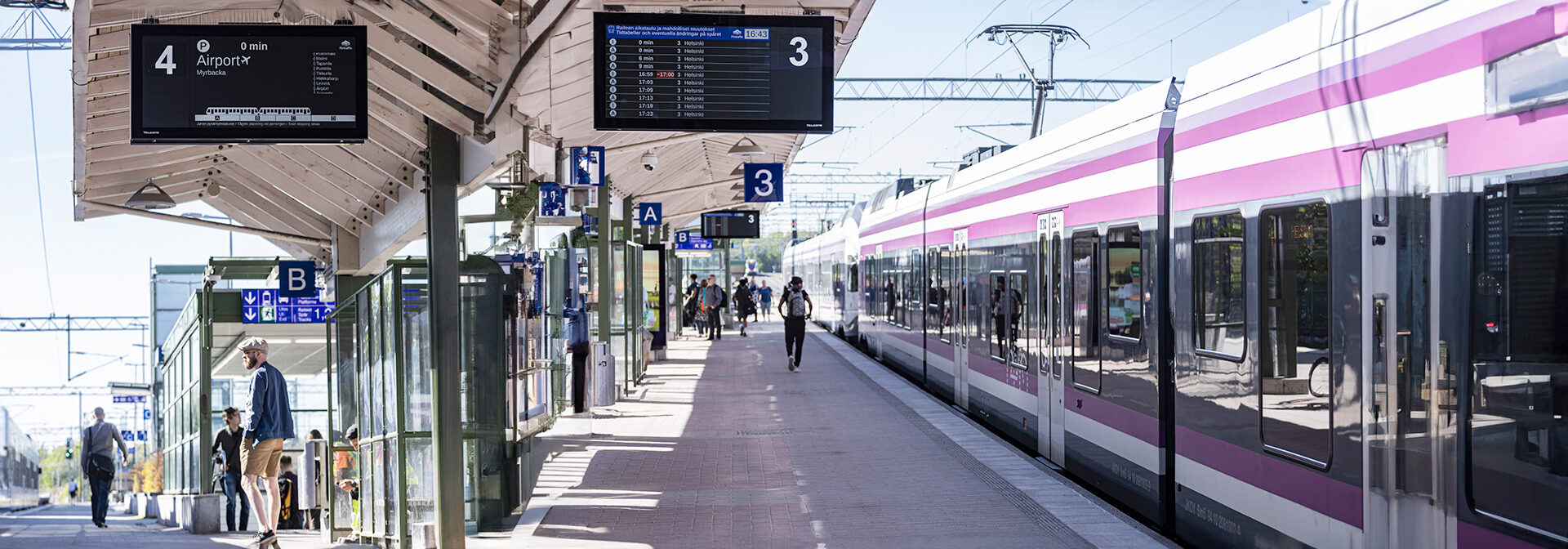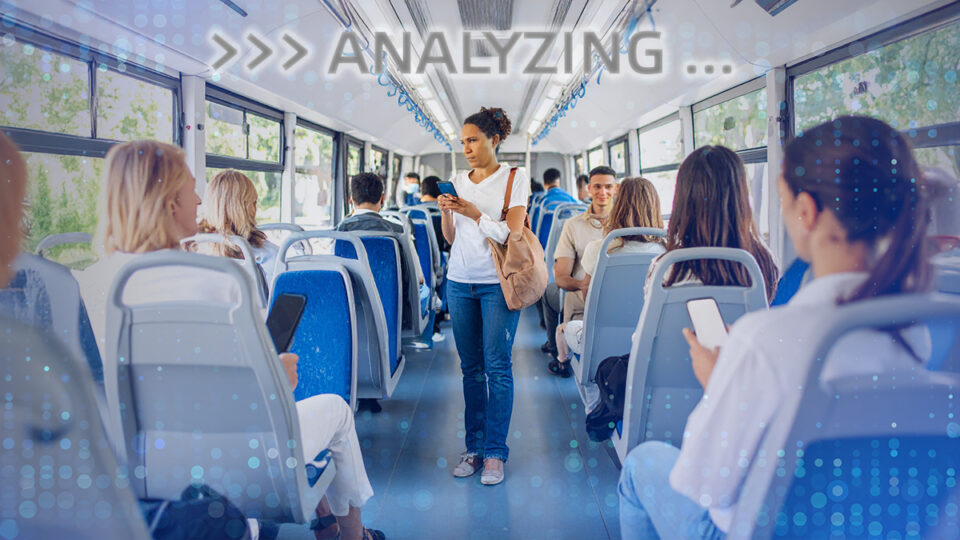
Achieving excellence: Rigorous testing ensures hardware our customers can trust
At Teleste, we pride ourselves on the excellent quality and long lifetime of our hardware products, a feat achieved through our meticulous testing and validation processes. For us, testing is not merely a phase in product development; it is a core principle that ensures our products exceed customer expectations and deliver high satisfaction.
The foundation of quality: our testing philosophy
Our product development process begins with defining the product, including its specifications and requirements. At this early stage, we also formulate a detailed testing and validation plan, outlining specific aspects of the product to be tested at each phase: prototype, pilot, and mass production. This plan is vital to ensure the product functions as intended in real-world conditions, and it is carried out with our Testing and R&D teams working in close collaboration throughout the process.
In the public transport industry, devices such as information displays and PCs must operate reliably under various demanding conditions at stations, stops, and in moving vehicles. Our testing and validation plan reflects our deep understanding of these environments and our internal benchmarks for reliability, industry standards, and specific customer requirements. This comprehensive approach covers all stages of product development, ensuring our devices maintain safety, reliability, and efficiency in challenging operational environments.
Rigorous testing from prototype to production
First critical tests on the product prototype are conducted at a very early stage to identify and mitigate potential issues and ensuring that all essential aspects are addressed from the start. During the pilot phase, production-ready devices undergo rigorous testing both in-house and in external laboratories, and once in mass production, every device unit is subjected to complete production testing before delivery.
During the process critical components like TFT panels, PCs, circuit boards, and other modules are also validated to ensure they function as intended as part of the product. This validation extends beyond manufacturer data sheets, confirming that components not only perform as specified but also as intended in our customers’ environments.
Comprehensive evaluations for reliability
Among our critical evaluations, preliminary and official Electromagnetic Compatibility (EMC) tests ensure that devices function correctly without interfering with other electronic systems. Water resistance and thermal tests expose devices to extreme conditions, guaranteeing they can operate effectively in high heat, freezing temperatures, and heavy rain.
Vibration tests simulate the constant movement and mechanical shocks experienced in vehicles, verifying device durability, whereas wind load calculations ensure devices exposed to external environments can withstand high wind pressures. We can also test for additional materials such as cover paint and glue to validate their durability of, for example, washing and cleaning agents.
Embracing service availability and energy efficiency
Today, the public transport industry is increasingly service and energy-aware. Power consumption has become a crucial evaluation criterion, with devices required to fall below set power consumption limits. On the service and passenger information front, devices must comply with accessibility standards, ensuring that text size, visibility, and other factors meet the needs of passengers with disabilities. External auditors verify layout texts and other accessibility features to ensure compliance and functionality.
Helping us address the changing requirements, continuous improvement is a cornerstone of our product development. We enhance accessibility through functionalities like text-to-speech, and constantly develop new solutions related to fans, heating, and brightness control. Energy-saving features such as standby mode reduce power consumption during inactivity.
We are also advancing our devices’ intelligence. Automated and remote diagnostics manage device operation and adjust accordingly. With customers increasingly focusing on preventative maintenance, our devices are designed to notify of potential issues, avoiding service outages and hardware failures. Our testing and validation scheme ensures our devices are smart enough to meet these expectations and maintain optimal operation even in extreme conditions.
Collaboration and expertise
Our dedicated team, equipped with diverse expertise, ensures that our testing activities are comprehensive and forward-thinking. We collaborate with external partners for specialised and official tests required by industry standards. In our continuous development activities, we also incorporate field data gathered over nearly thirty years in the industry, which provides a unique asset in enhancing the reliability and performance of our hardware.
Our meticulous approach guarantees the exceptional quality and reliability that our customers expect from us. We are committed to delivering products that excel in quality and reliability, ensuring a safe and smooth experience for all our customers in the public transport sector.
Piia Sulonen
Piia Sulonen
I’m heading the development of public transport innovations and technologies at Teleste. See my LinkedIn for more information.



